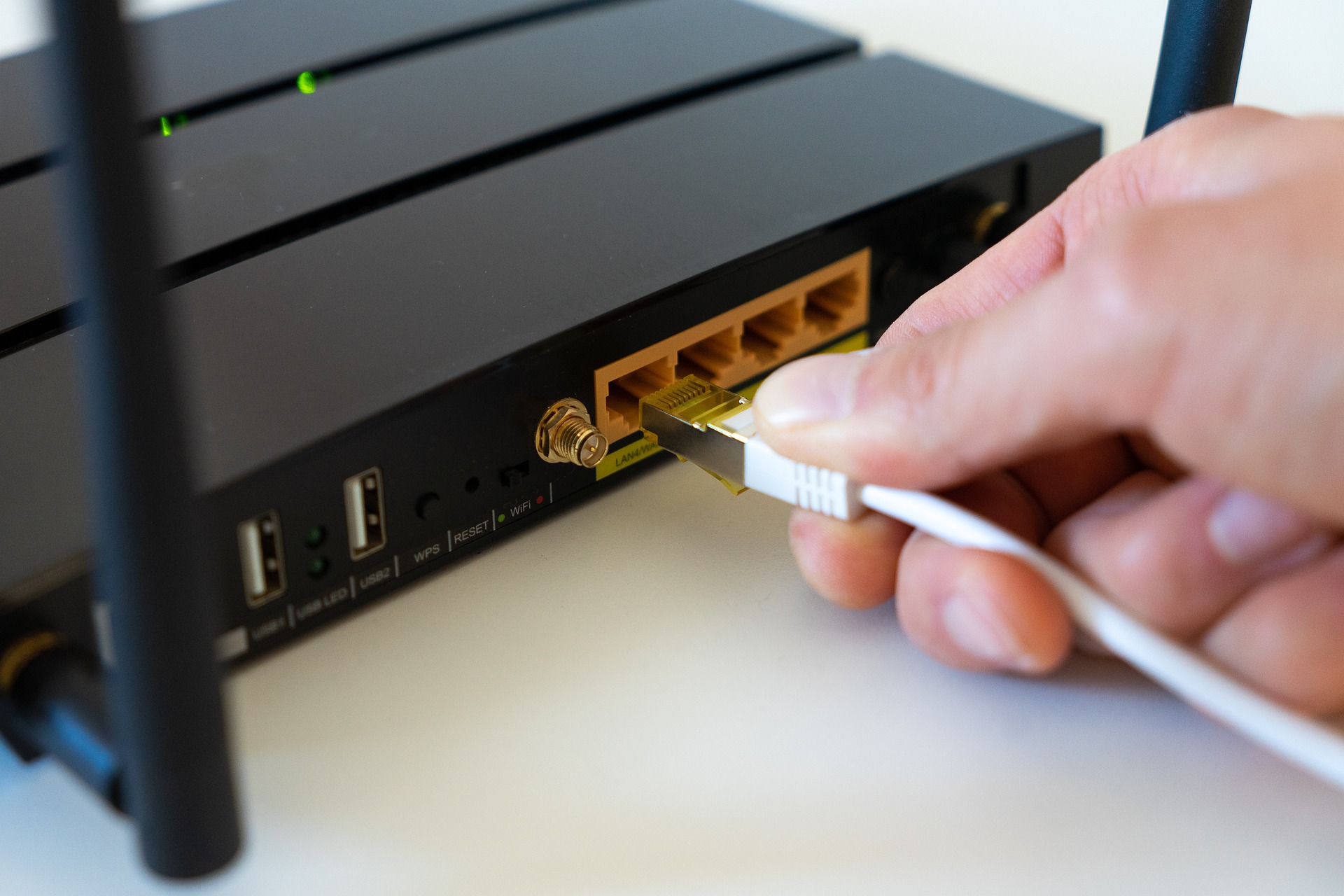Advancing Connectivity: An In-depth Look at Fixed Wireless Broadband
The world of telecommunications is in a constant state of flux, with new technologies continually emerging to address evolving connectivity needs. One such technology that has been gaining traction is fixed wireless broadband. While not a new concept, it has recently gained significant attention due to its potential to provide high-speed internet in areas where traditional broadband services are not feasible.
Fixed wireless broadband is a type of high-speed internet service that uses radio signals instead of cables or satellite links. It provides a stable and reliable connection, especially in areas where wired connections are challenging to establish, like remote or rural areas. This technology holds the promise of bridging the connectivity divide and reshaping the future of internet access.
A Historical Perspective on Fixed Wireless Broadband
Fixed wireless broadband has been around since the early days of the internet. In the 1990s, it was primarily used for backhaul, linking networks within a specific geographic area. However, the technology was limited by bandwidth constraints, high costs, and the need for line-of-sight between transmission points.
Fast-forward to the present, and advancements in radio technology have significantly improved the capabilities of fixed wireless broadband. The advent of high-capacity wireless radio systems and more efficient spectrum utilization have made it a viable alternative to traditional wired connections.
The Current Landscape of Fixed Wireless Broadband
Today, fixed wireless broadband is experiencing a resurgence, driven by the increasing demand for high-speed internet and the limitations of traditional broadband infrastructure. The ongoing global shift towards remote work and online education has further underscored the need for reliable, high-speed internet, especially in underserved areas.
Moreover, regulatory changes have made it easier for telecom companies to deploy fixed wireless broadband. For instance, the Federal Communications Commission (FCC) in the United States has opened up more spectrum for unlicensed use, enabling telecom companies to provide fixed wireless broadband services at a lower cost.
The Impact and Challenges of Fixed Wireless Broadband
The most significant impact of fixed wireless broadband is its potential to provide high-speed internet to underserved areas. By eliminating the need for costly infrastructure, it makes it possible to bring broadband connectivity to remote and rural communities that have traditionally been left out of the digital loop.
However, the deployment of fixed wireless broadband is not without challenges. Factors such as terrain, weather conditions, and building materials can affect signal strength and quality. Additionally, the need for line-of-sight between transmission points can limit service availability in certain areas.
Practical Applications of Fixed Wireless Broadband
Fixed wireless broadband has a wide range of practical applications. In addition to providing high-speed internet in underserved areas, it can be used for backhaul, connecting cellular networks to the internet. It can also serve as a cost-effective alternative to traditional broadband for businesses, especially those located in areas where wired connections are not available or reliable.
In conclusion, fixed wireless broadband is a promising technology that has the potential to reshape the future of internet connectivity. As telecom companies continue to innovate and regulatory bodies provide more supportive frameworks, we can expect to see this technology play an increasingly significant role in addressing global connectivity needs.





